Debate team winners!
Last week, three Year 6 students went to Wigton Moor to represent Moortown at a debating competition. The group argued for the abolition of zoos. Each member had 2 minutes to talk and present their reasons. They did amazingly well and won their debate. Congratulations!
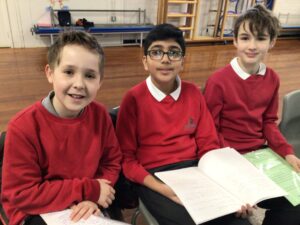
Design and Technology: food
This week, Year 2 have been using their food preparation skills to create their latest product, fruit salad.
This forms part of our Design and Technology food learning which involves following a recipe to create a product each term.
First, we got ready to cook.
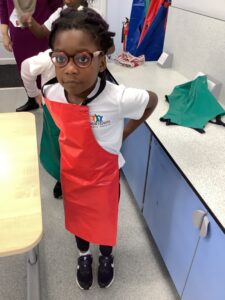
Here are some of the skills we used.
Draining
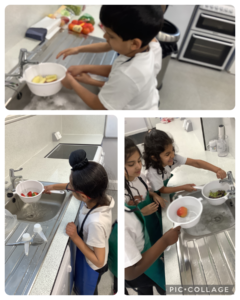
Peeling and segmenting
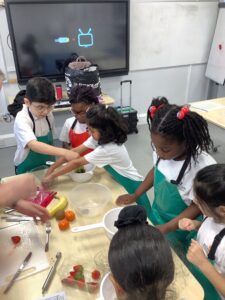
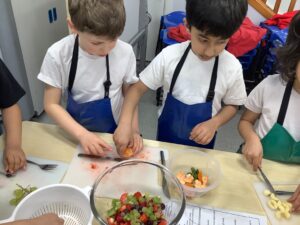
Bridge hold (for chopping)
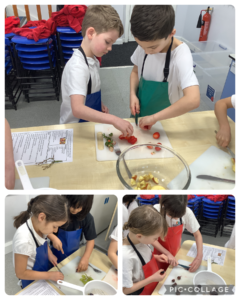
Claw grip (for chopping)
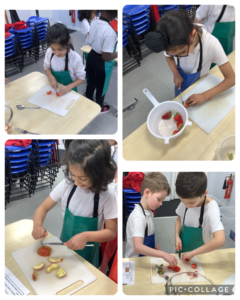
Measuring
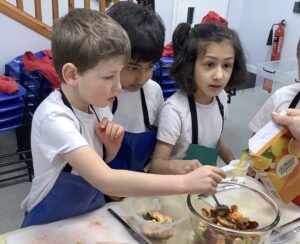
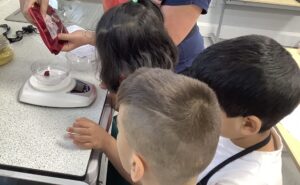
Mixing
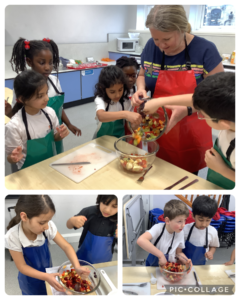
Finally, the children got to enjoy their fruit salad.

I LOVED my fruit salad because it had lots of different fruits in it and it is so healthy.
I especially liked the strawberries and I would add more next time.
Next time, I will add different types of fruit like pineapple or melon.
Next time, I would add more orange juice.
I’ve never had kiwi fruit before but I really liked it.
I will try frozen raspberries again. They are really juicy.
We always evaluated our product afterwards to see how it could be changed it next time.
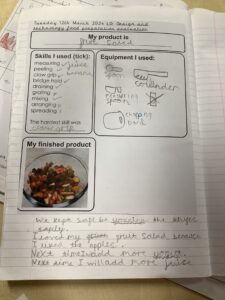
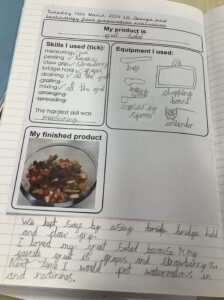
Well done to all the children who worked safely and sensibly with Ms Canning.
Help at home: your child has taken this recipe home. Can they demonstrate some of their food preparation skills by making this again at home.
What is a microhabitat?
Today in Science, Year 2 explored microhabitats in the school grounds.
First, we thought about different microhabitats and what living things might live there.
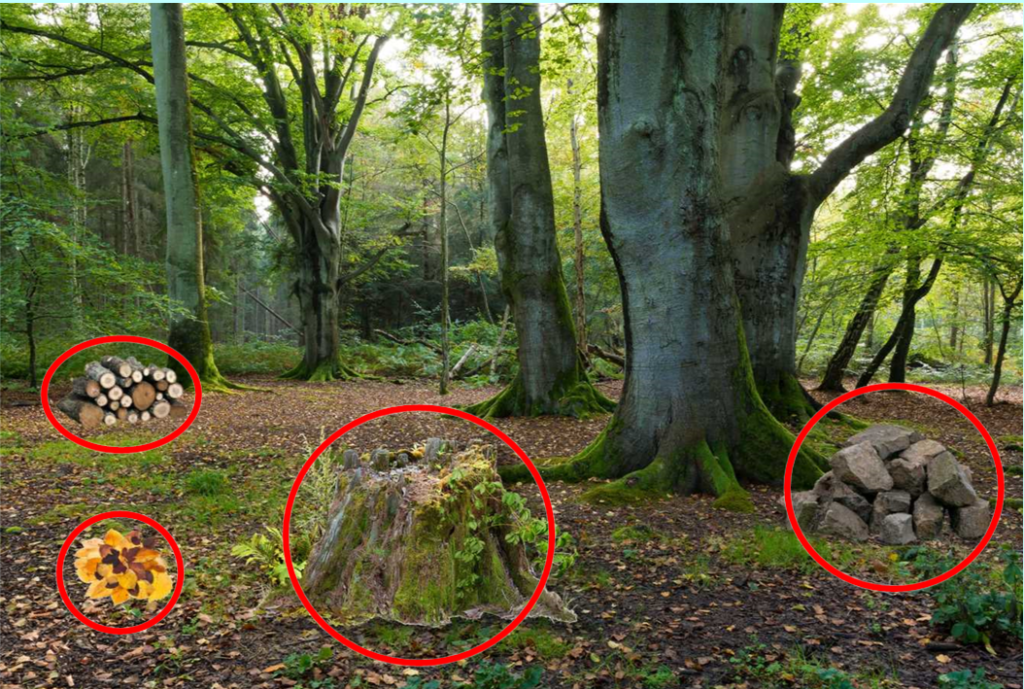
We looked for living things in different microhabitats. We discussed the microhabitat’s features and how it meets the living things needs for survival.
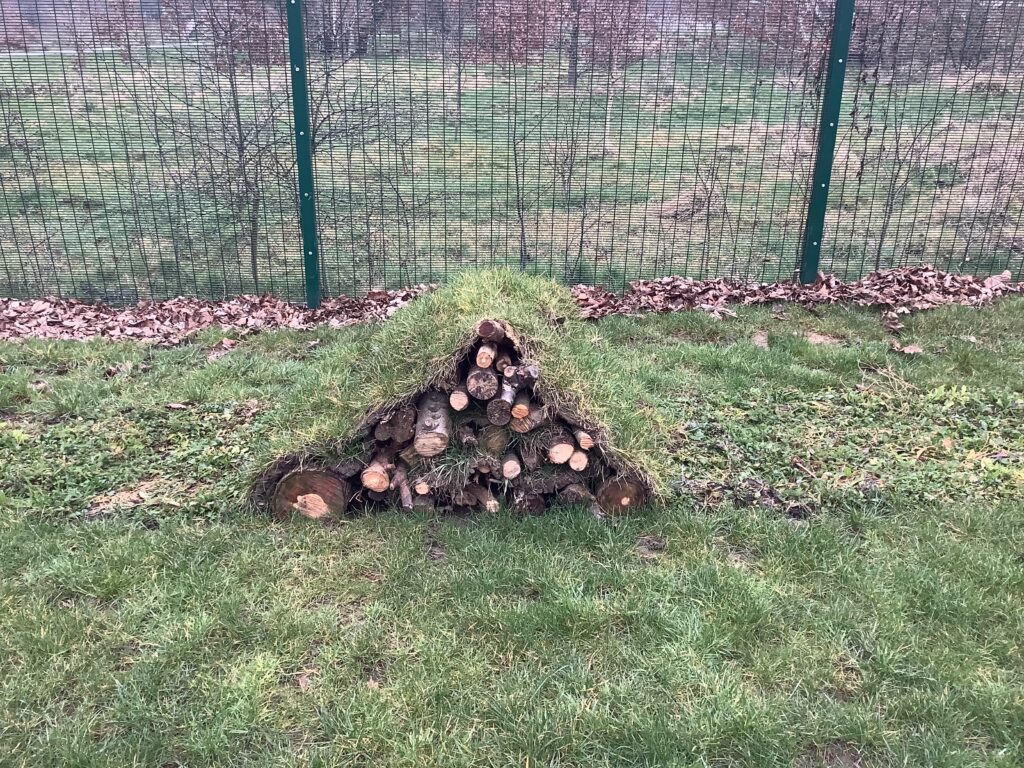
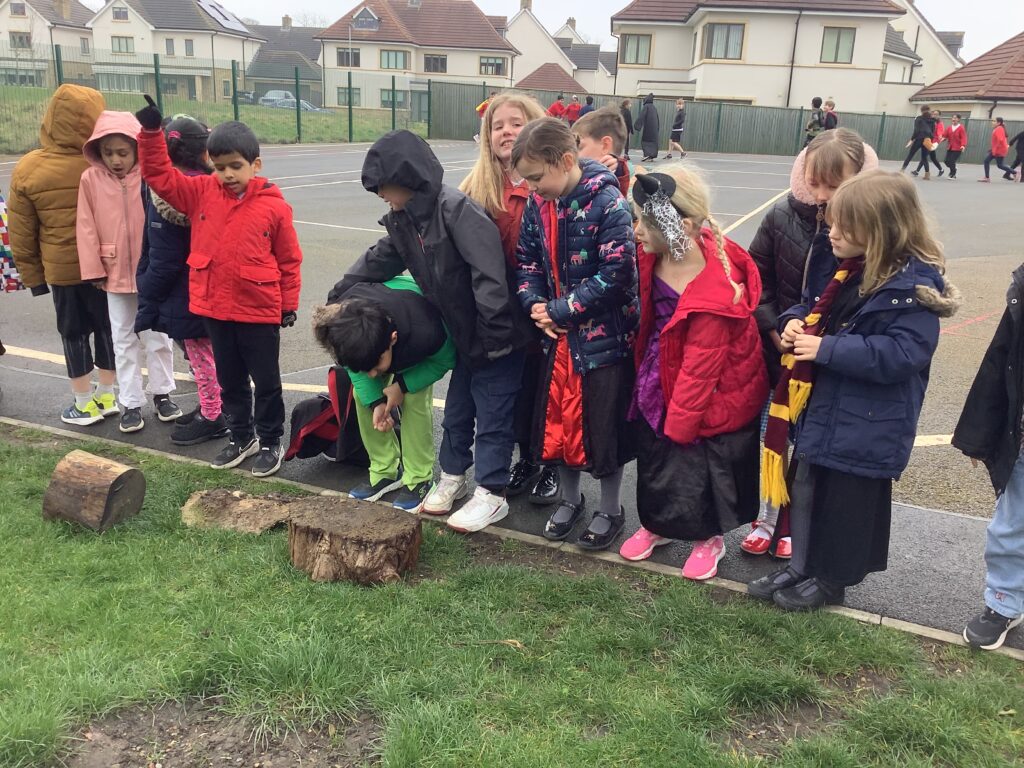
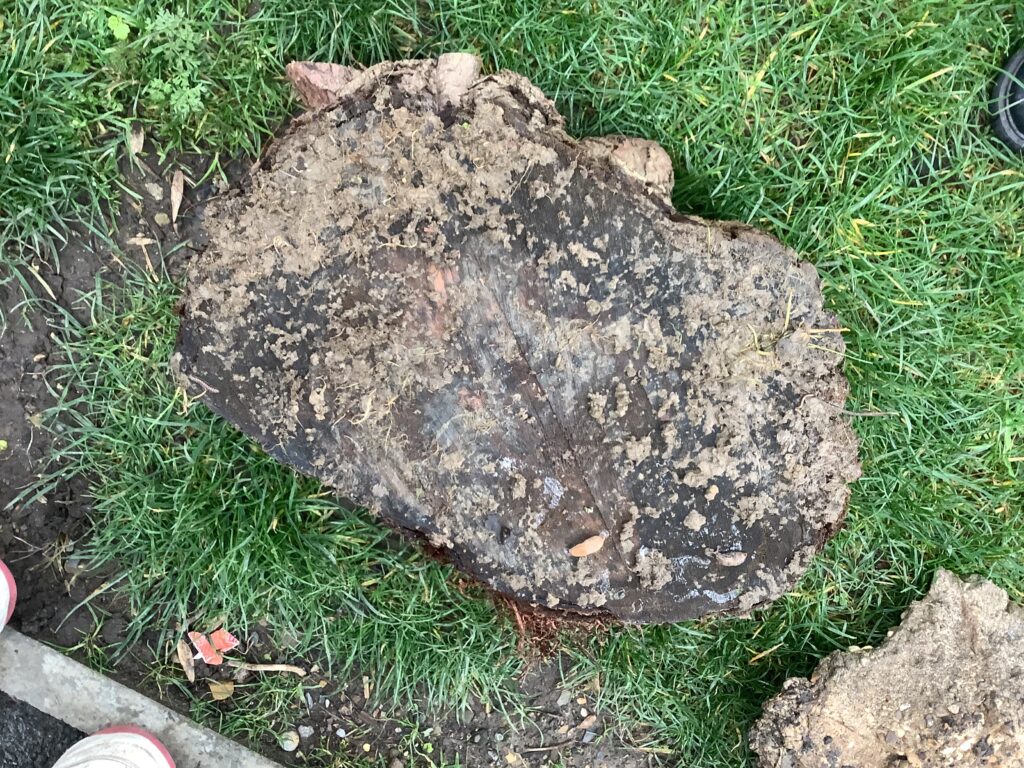
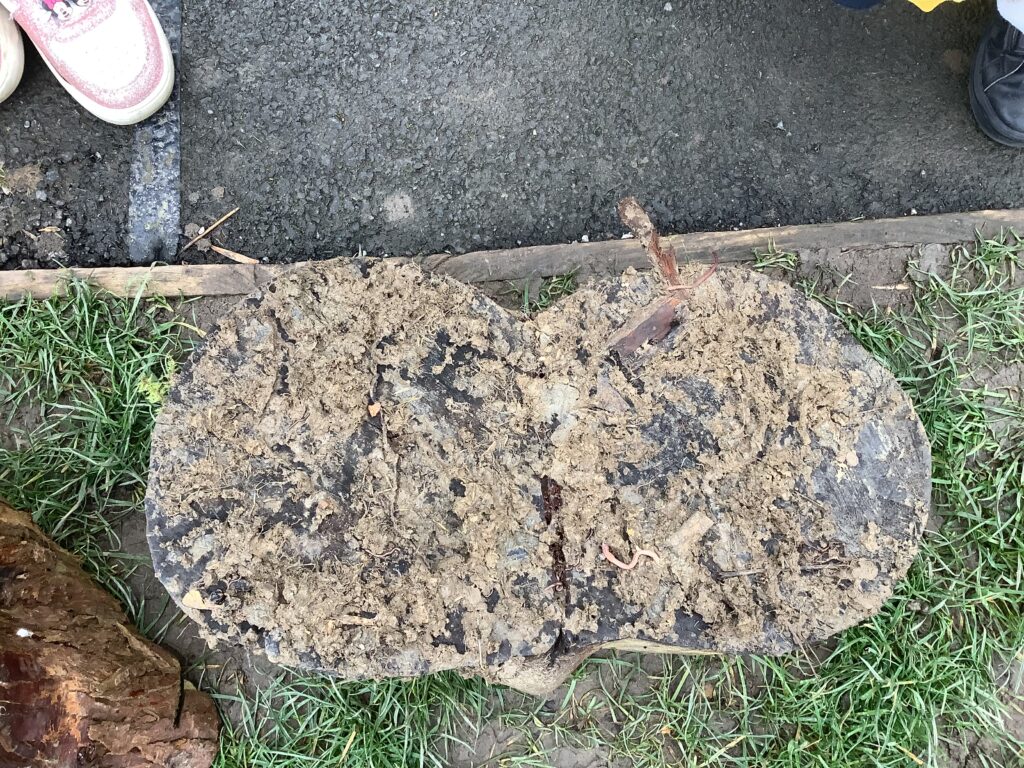

World book day!
Today we celebrated reading in Year 2!
The children looked fantastic in their world book day outfits. We enjoyed talking about our favourite characters and books.
We started the day with an assembly celebrating the origins of world book day and listening to some of the teachers read extracts from their favourite books. Mr Wilks talked to us about how books can mean different things to people and how to spend the £1 book token.
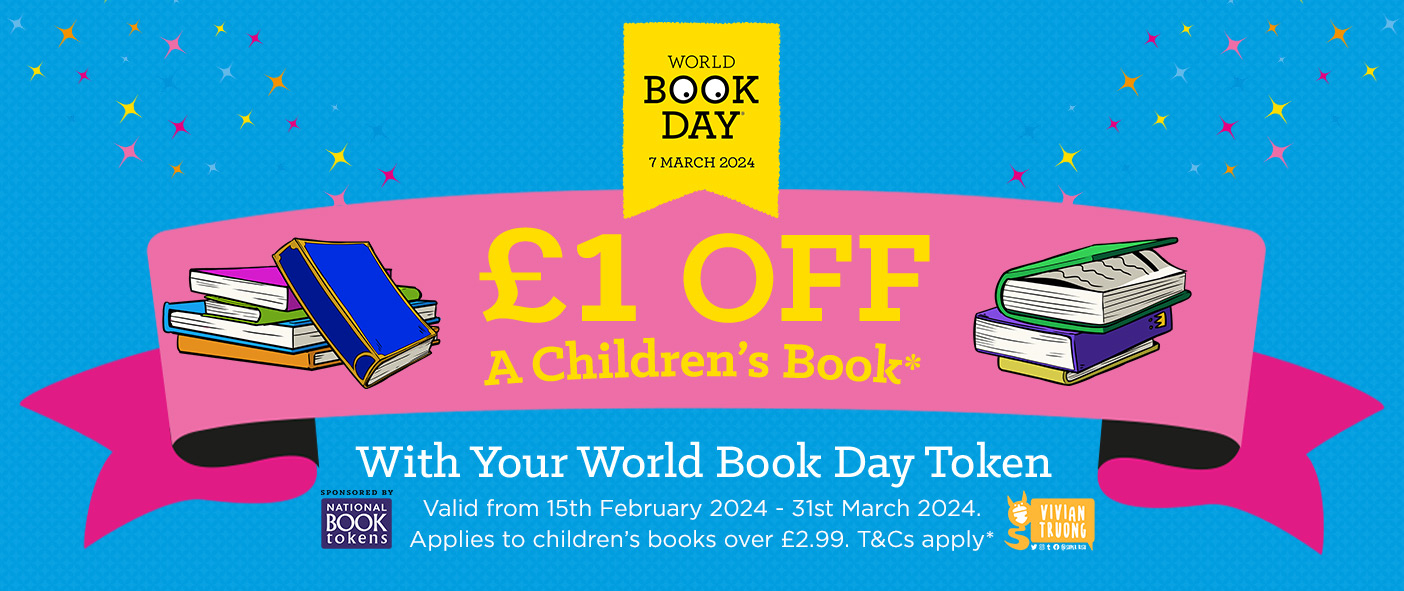
Later in the morning, we enjoyed paired reading with Year 4. It was fantastic! all the children enjoyed sharing their favourite stories and reading aloud to a Year 4 child.
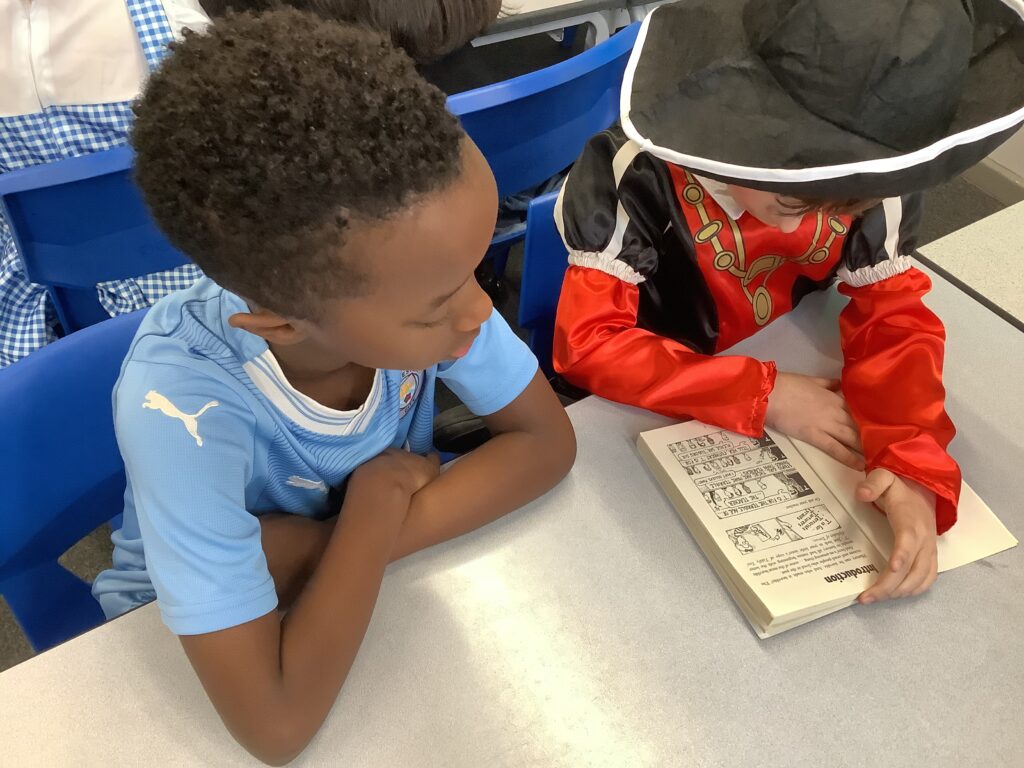
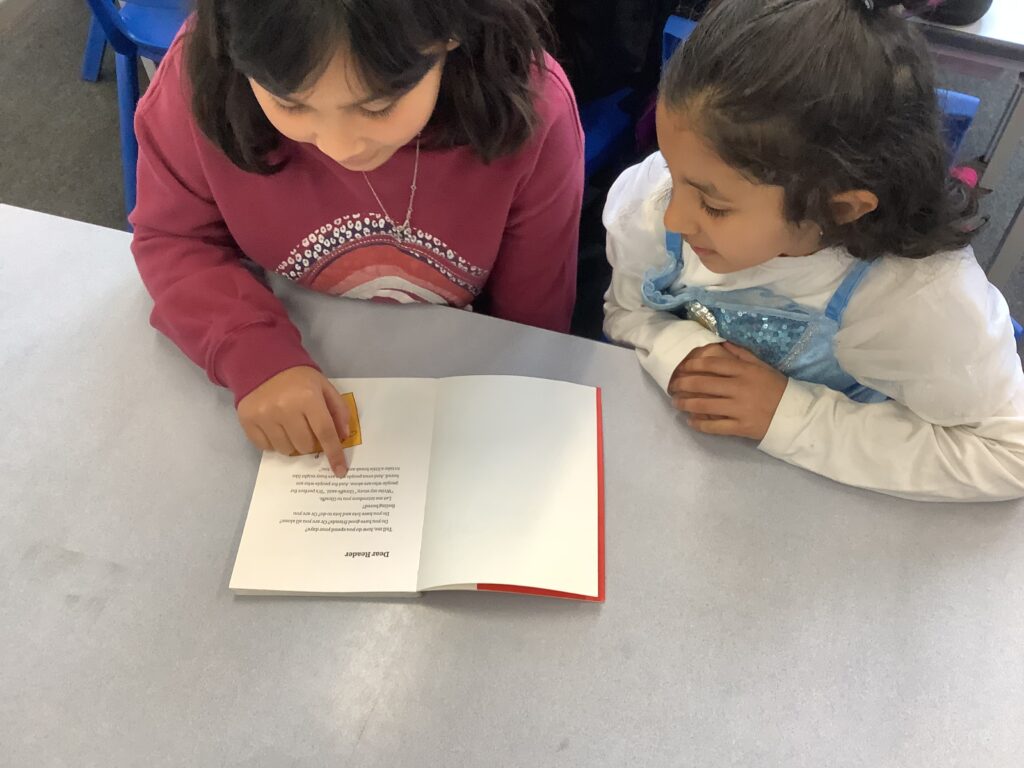
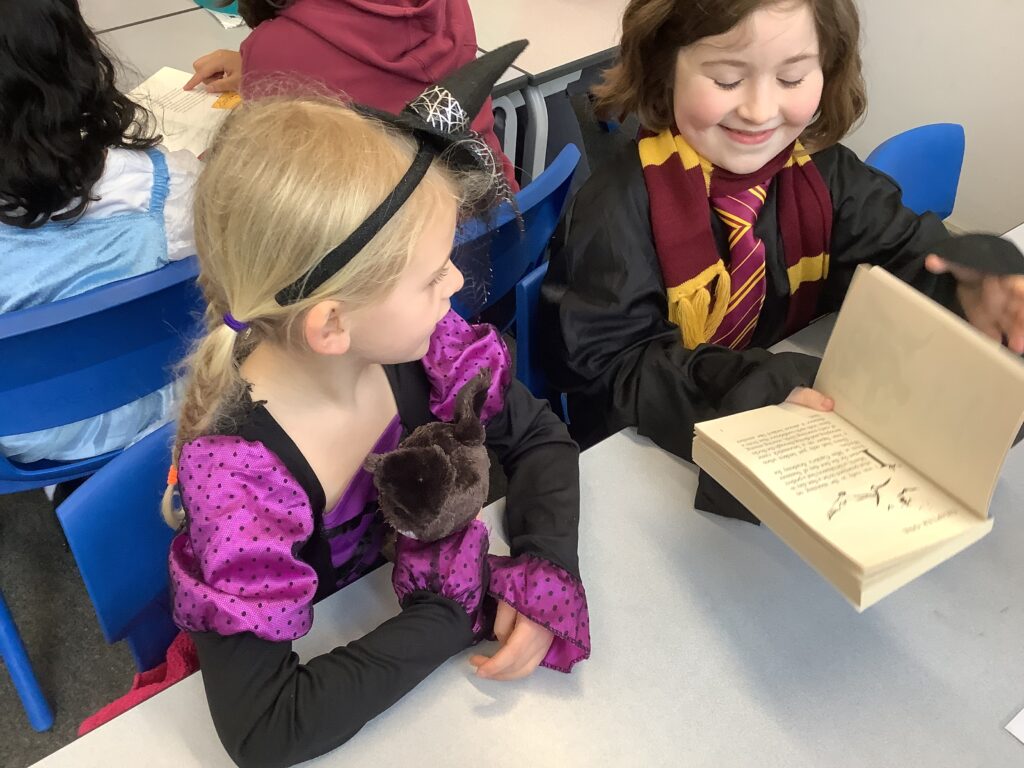
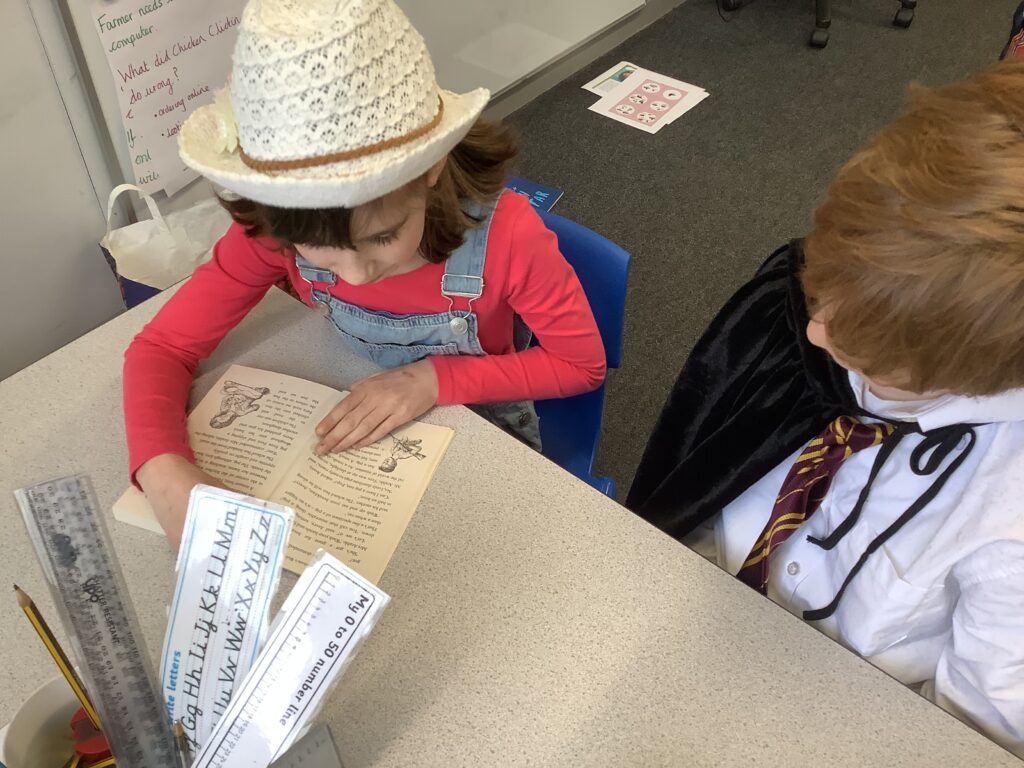
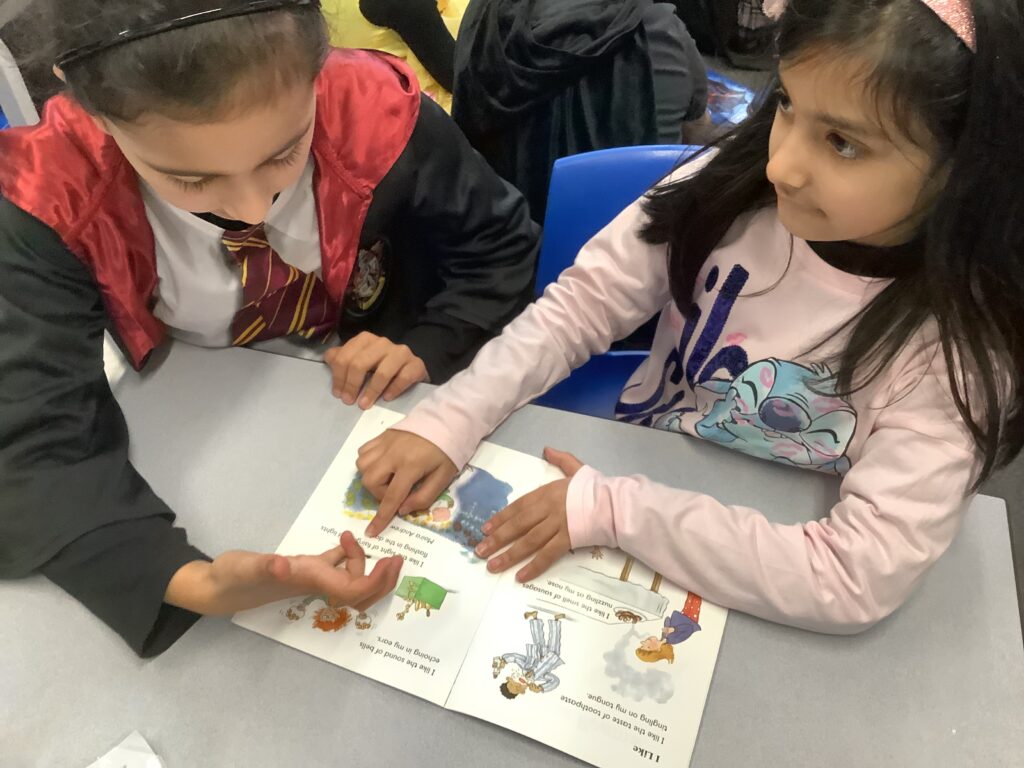
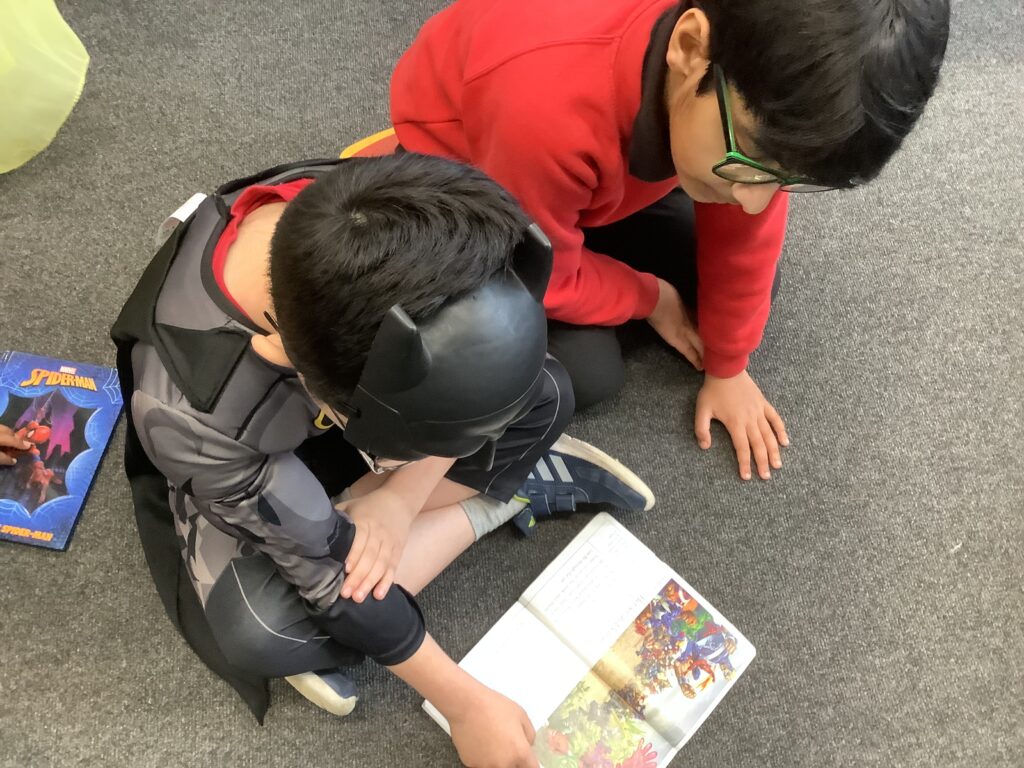
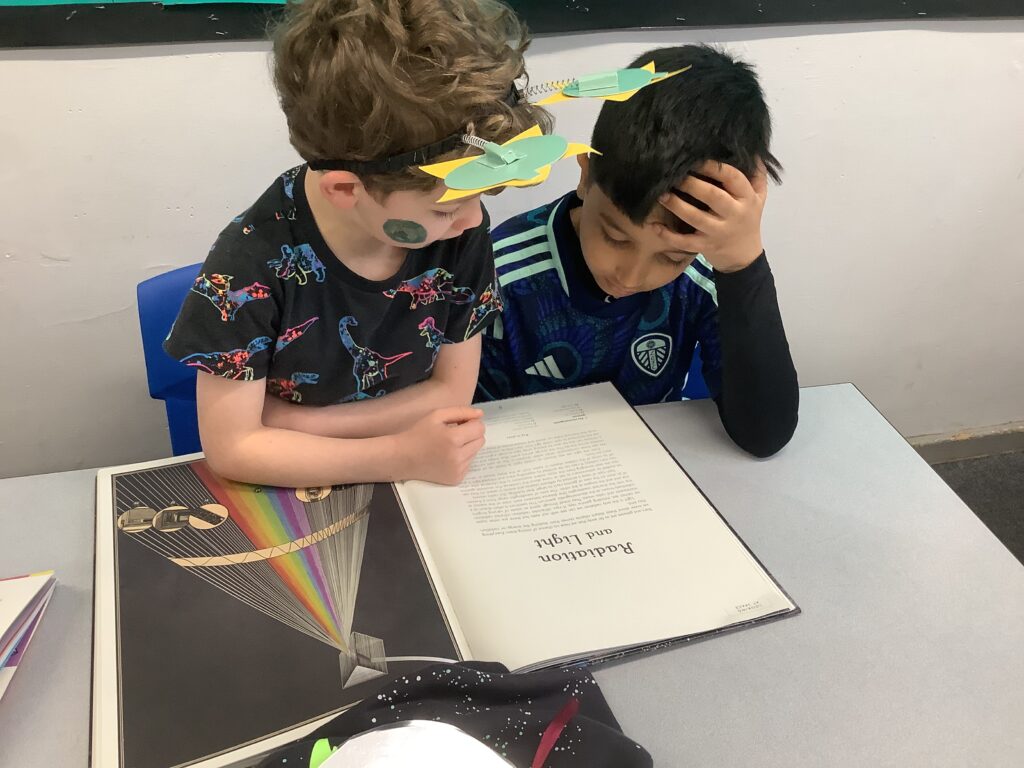
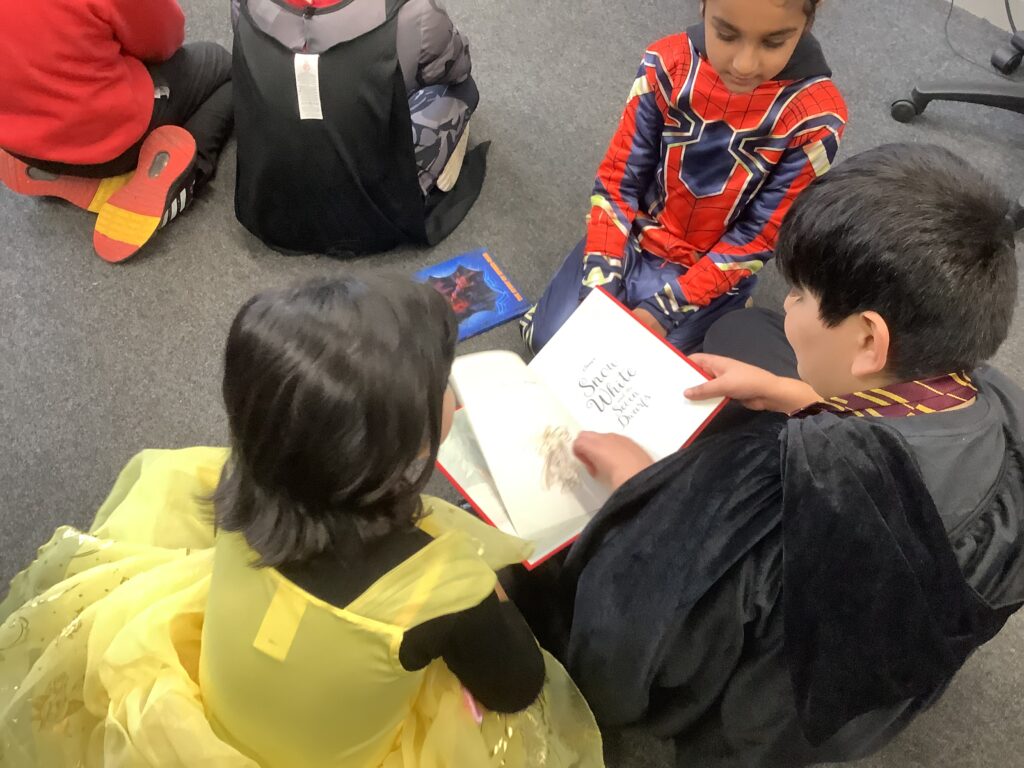
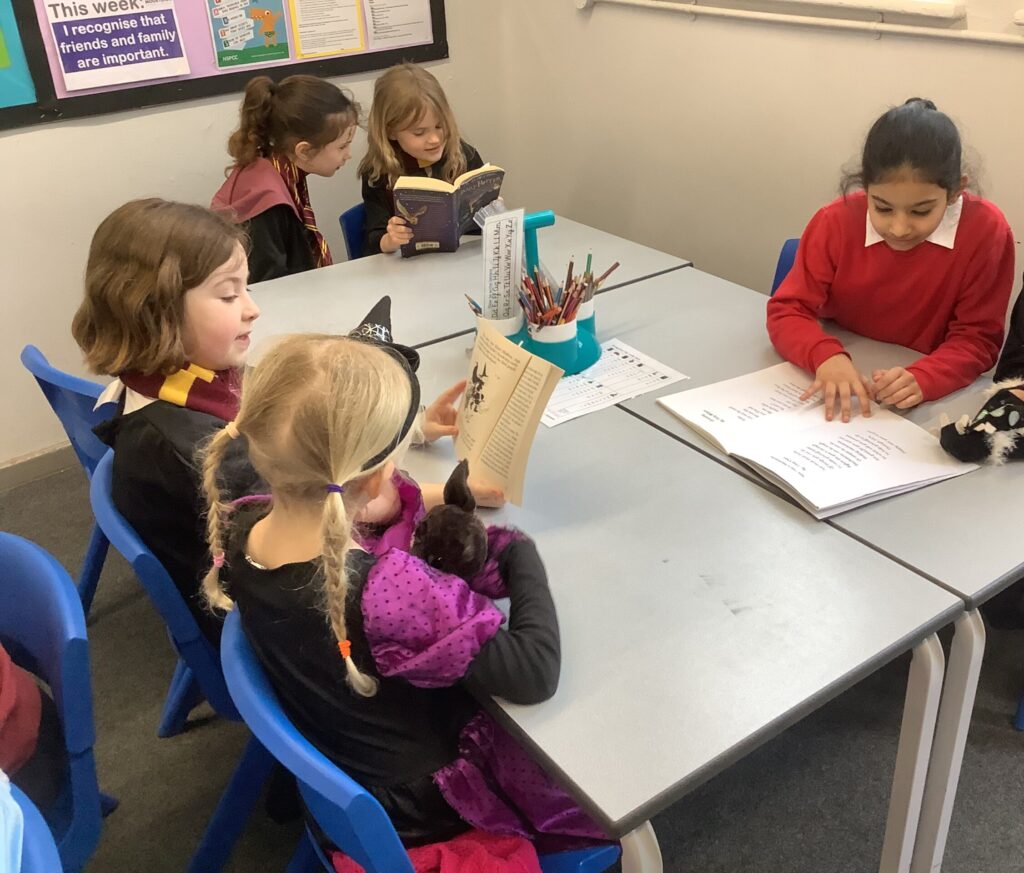

Finally, after playtime, we had a webinar with John Patrick Green – author of the Investigators books. We listened to how he creates the books and had a go at drawing some of the characters. The drawings were fantastic!
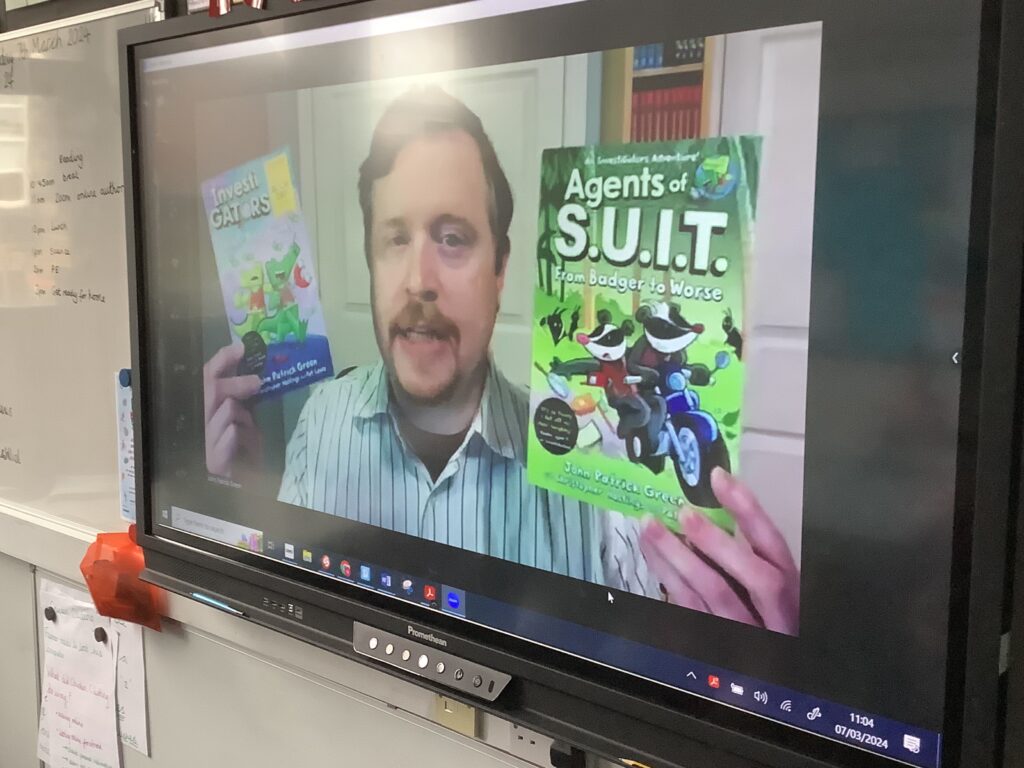
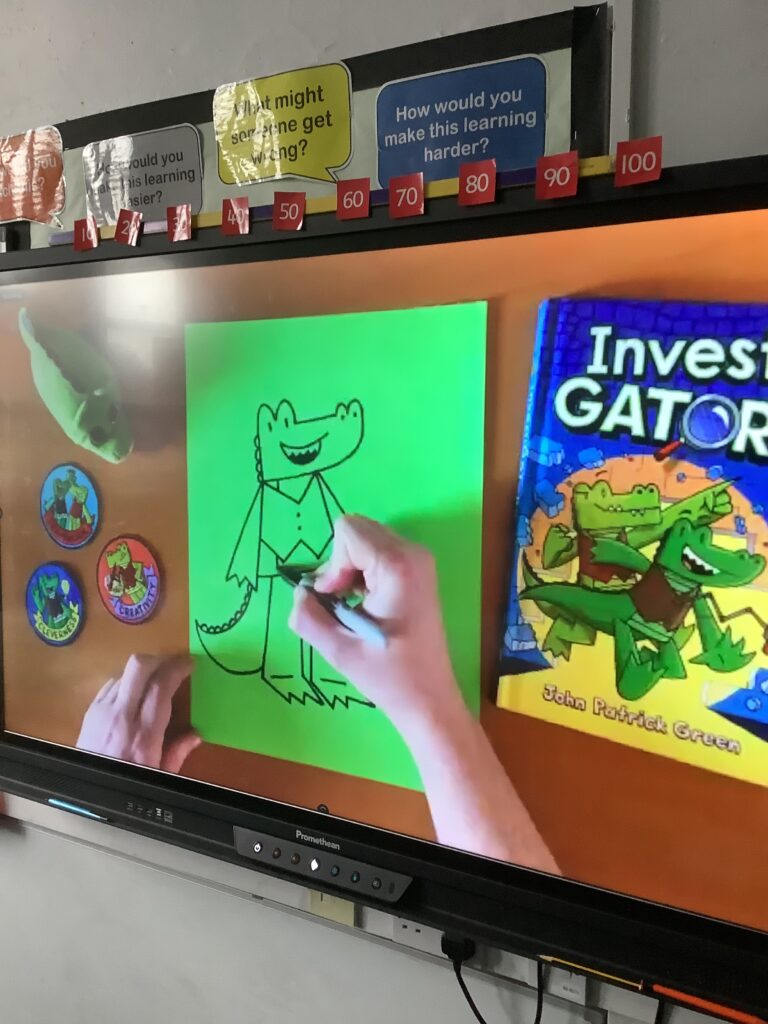
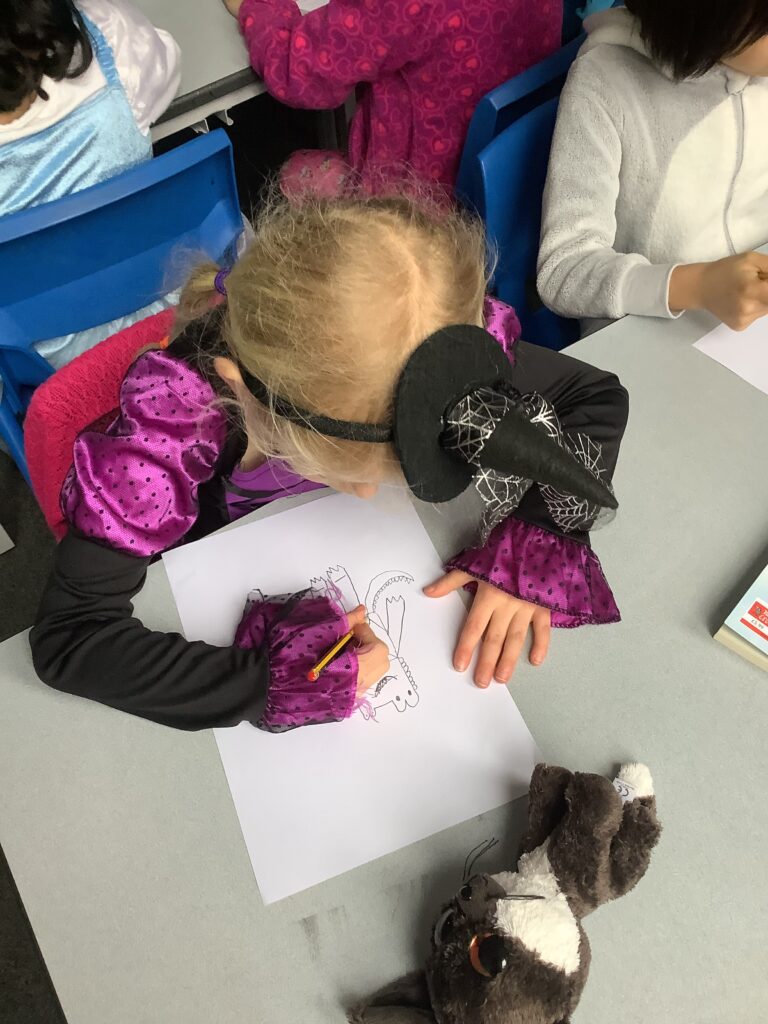
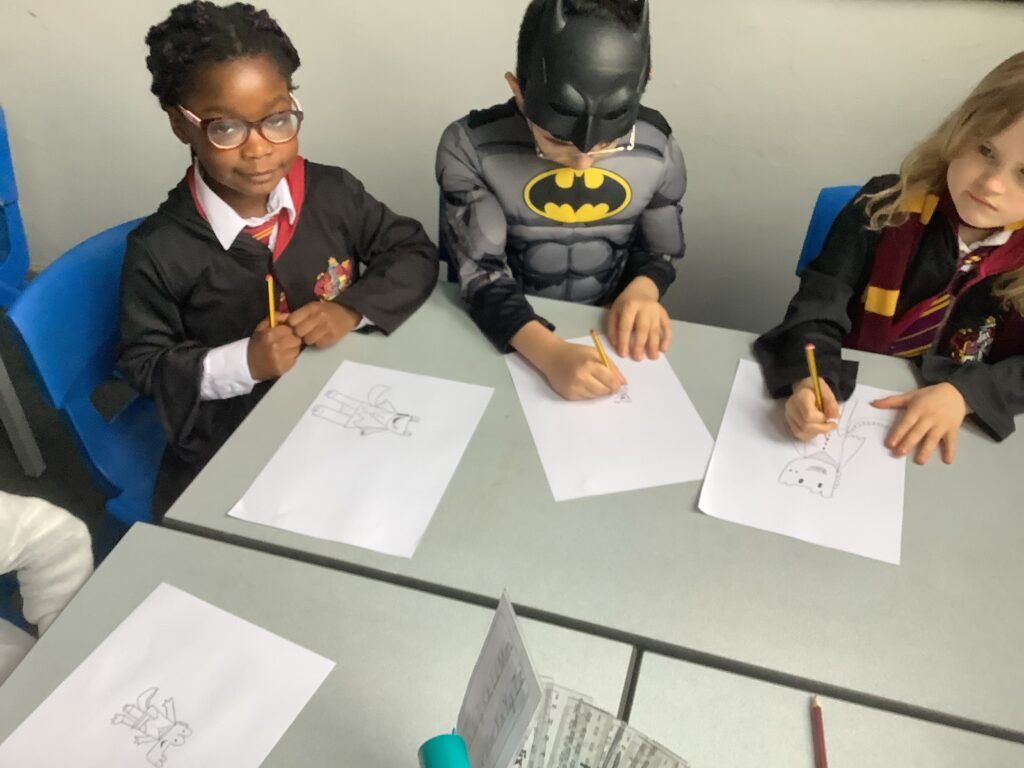
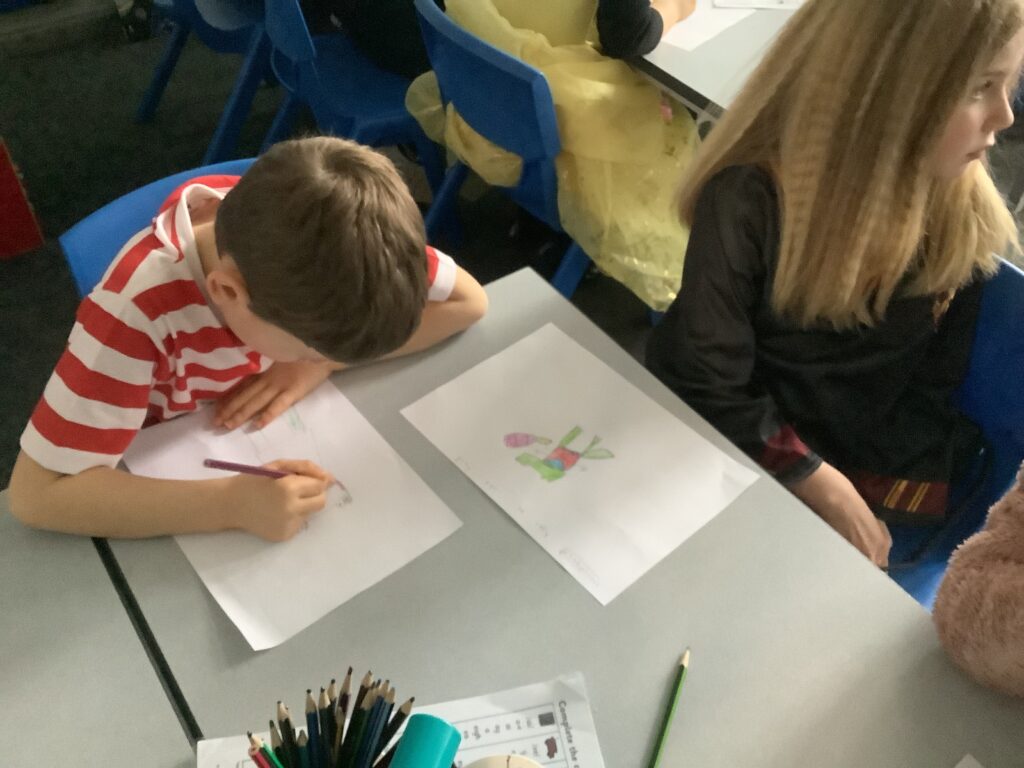
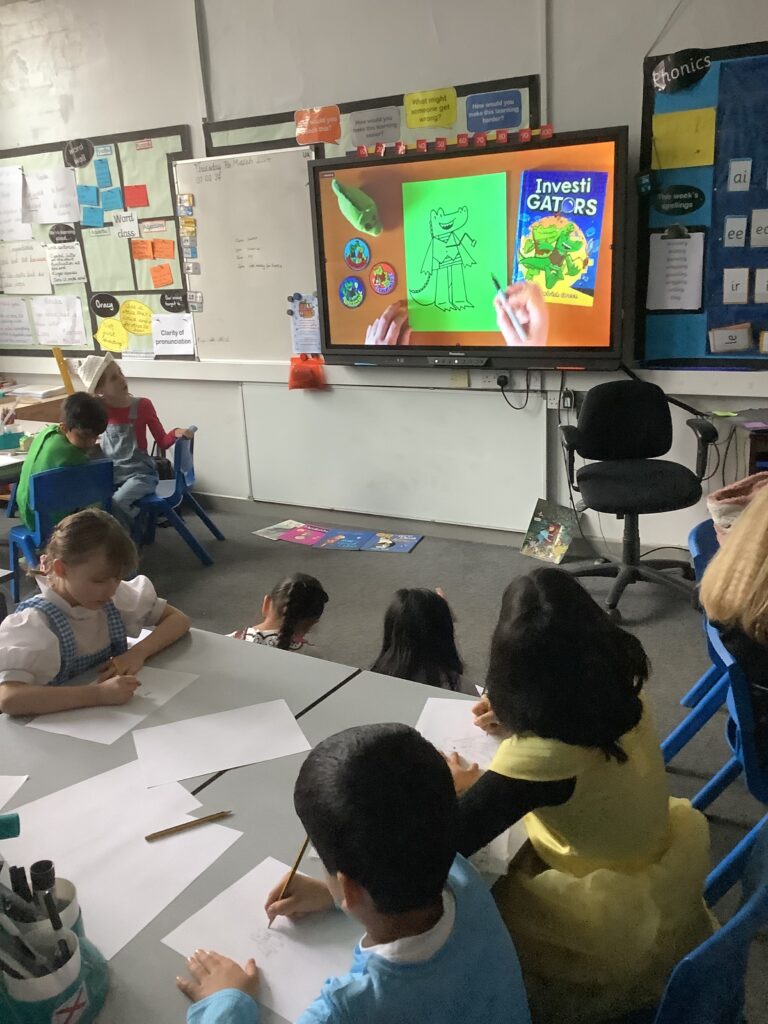
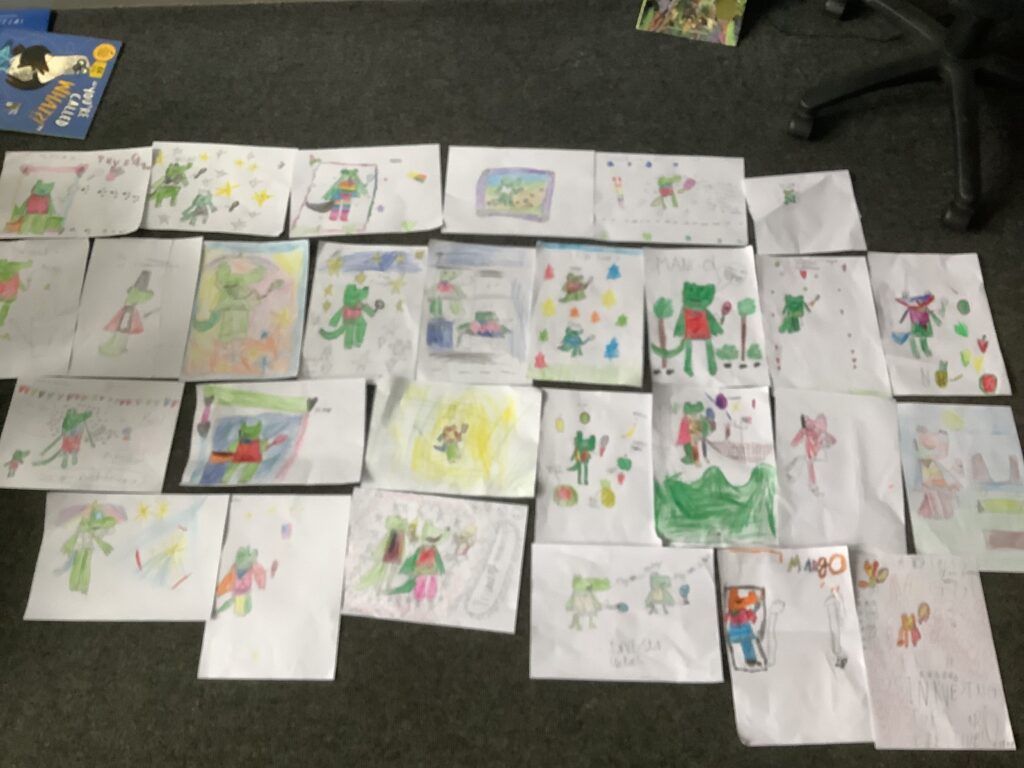
Help at home by discussing the activities your child has done today and looking at the free books they can buy with their £1 book token.
World Book Day!
Today was World Book Day! World Book Day is a day that celebrates books and reading all over the world. This year, the children were invited to dress up as their favourite character from a book and there were some fantastic outfits! We also spent some of our day discussing our favourite books and reading. Year 3 read with the Year 1 children. Take a look at some of them!
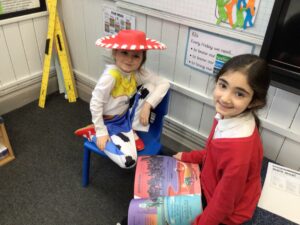
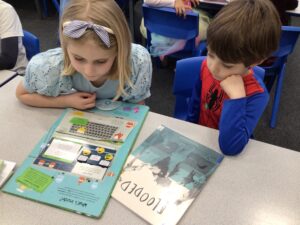
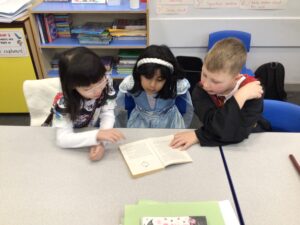
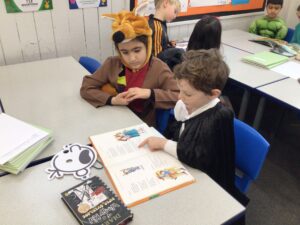
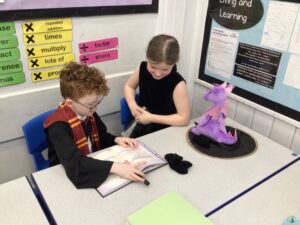
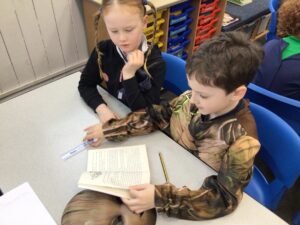
Year 3 were great with the younger ones and earned loads of choice chips for the class. Well done!
Science: How do we taste?
On Monday, we were joined by our visitors from the University of Leeds. This week they came to talk to us about how we taste. The children learnt that there are 5 different tastes. These are:
- Sweet
- Sour
- Salty
- Bitter
- Umami (savoury)
The scientific word for taste is GUSTATION.
The children then were able to try different foods that highlighted the different tastes.






Did you know that the nose and taste buds work together to tell you what taste and scent you are eating? Different parts of your tongue detect which taste it is.

Finally, they went on to look at the difference between whole foods and processed foods.


Help at home: Take a look in your food cupboards at home and discuss which foods are whole and which are processed. 
Safe Choices – Leeds United Foundation
Y6 welcomed Vicky from the Leeds United Foundation to talk about safe choices both online and offline.
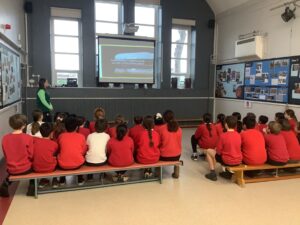
We heard from some inspiring people who are from Leeds about the choices they’ve made in their lives and the positive impact it’s had on them.
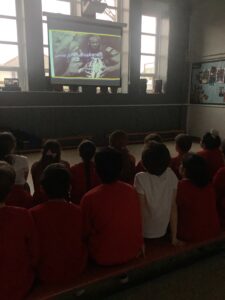
There was an interactive quiz about each of the four sections:
- online safety (social media)
- anti-social behaviour
- gangs
- knife crime
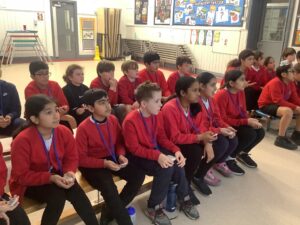
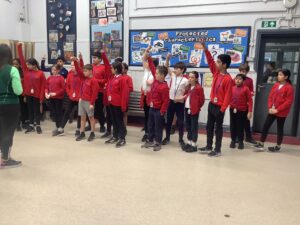
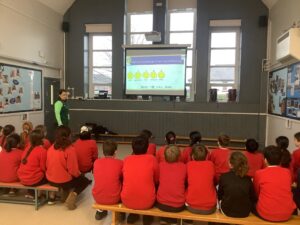
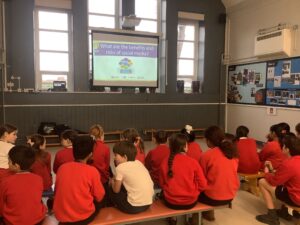
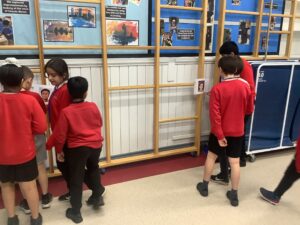
Help at home by discussing the main thing your child learnt about each category.
Trip to York!
Today, Year 3 and 4 visited York to go to the Yorkshire Museum and to see the flood defences.
Yorkshire Museum had exhibitions that were perfect for us to link to our History and Science learning; Roman York and Mary Anning Rocks and Yorkshire’s Jurassic World!
Here’s some pictures of us exploring and learning about the artefacts!
Our second reason for visiting York was for the flood defences. York gets flooded quite easily after periods of heavy rainfall so they have built many flood defences around river to help the houses and buildings near. We’ll be learning about this during our Geography topic after Easter.
To no surprise, there were floods when we visited! Here’s what we saw:


We made sure to stay safe while walking through York and around the river by walking in pairs and behind the railings.
Help at home by asking your child one new fact that they learnt while at the museum! For example, I learnt about the different under water dinosaurs that existed millions of years ago.
02 February 2024
- buses
- boxes
- churches
- dishes
- clapping
- skipping
- running
- jumping
The children will be tested on these words next Friday 9th February.
Please encourage your child to try practise the words by putting their words in a sentence using our handwriting guide. Also, look at the spelling activities guide for some ideas to practise these words.
Living and Learning – I know some drugs that are harmful and how to stay safe.
Over the last 2 weeks, we have had a focus on drugs, how they can be harmful and how we can be safe around them.
Drugs can come in all different shapes and sizes but they all do change the way the body or mind works.
We had a focus on medicines like Calpol and household items like cleaning products. We discussed when we might need to take or use medicines and how we might use these items.
We decided that:
- We should only take medicine if we are unwell and need it.
- We should always ask an adult before we go near a medicine or cleaning product as they can be dangerous if not used correctly.
- Even adults need to read the instructions on the medicine or cleaning product.
- These items should be kept out of reach of young children.
For example, dishwasher tablets could look really like a sweet to a baby and they might put it in their mouth! Help at home by asking your child to help you keep these products in a safe place.





